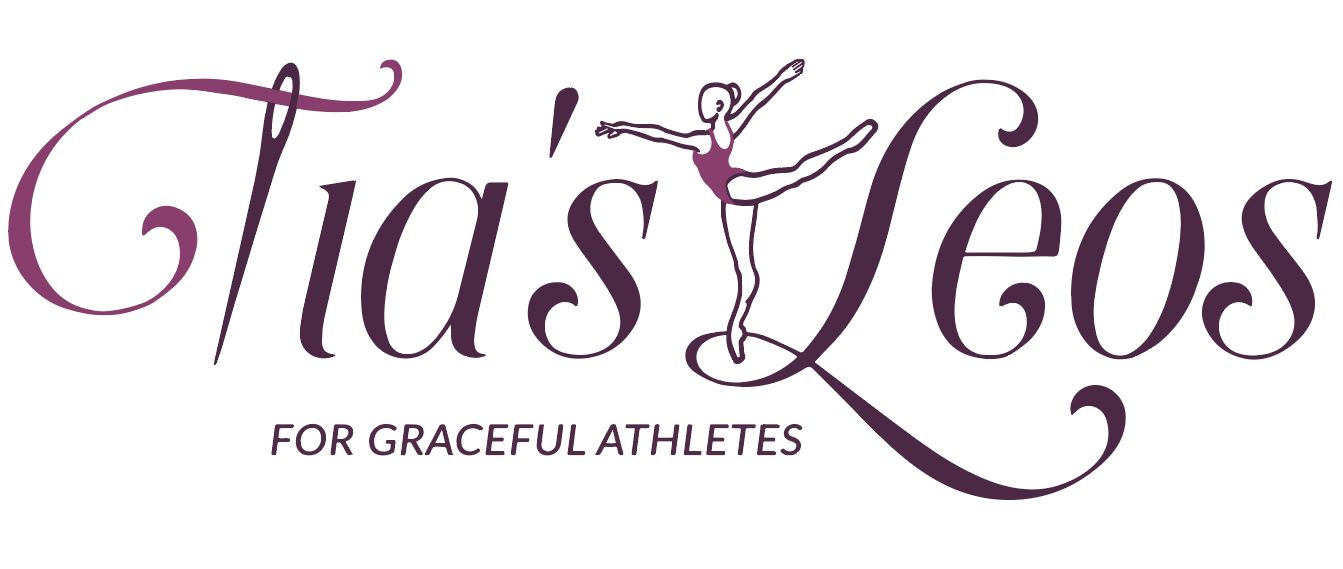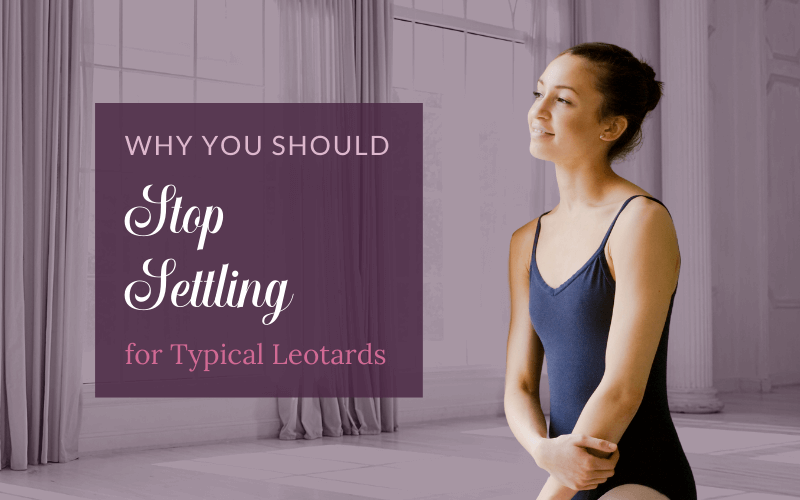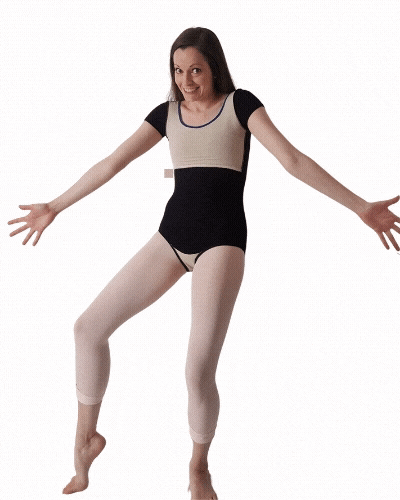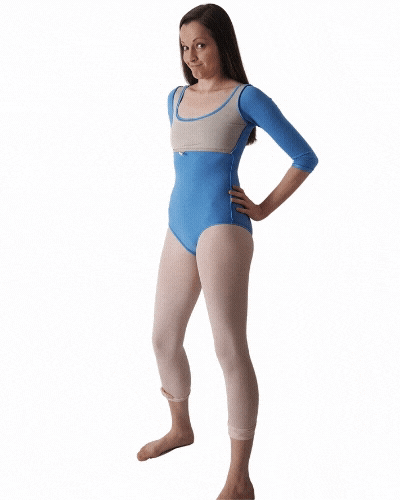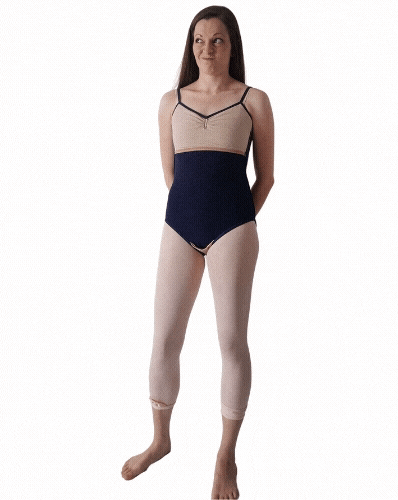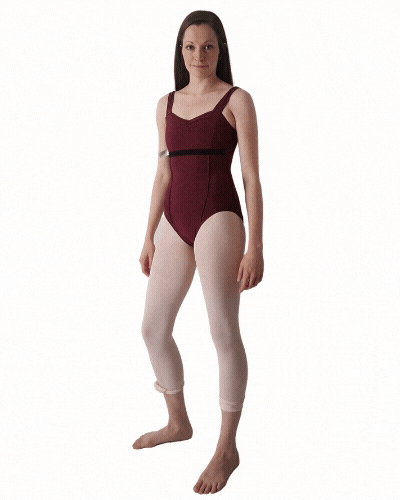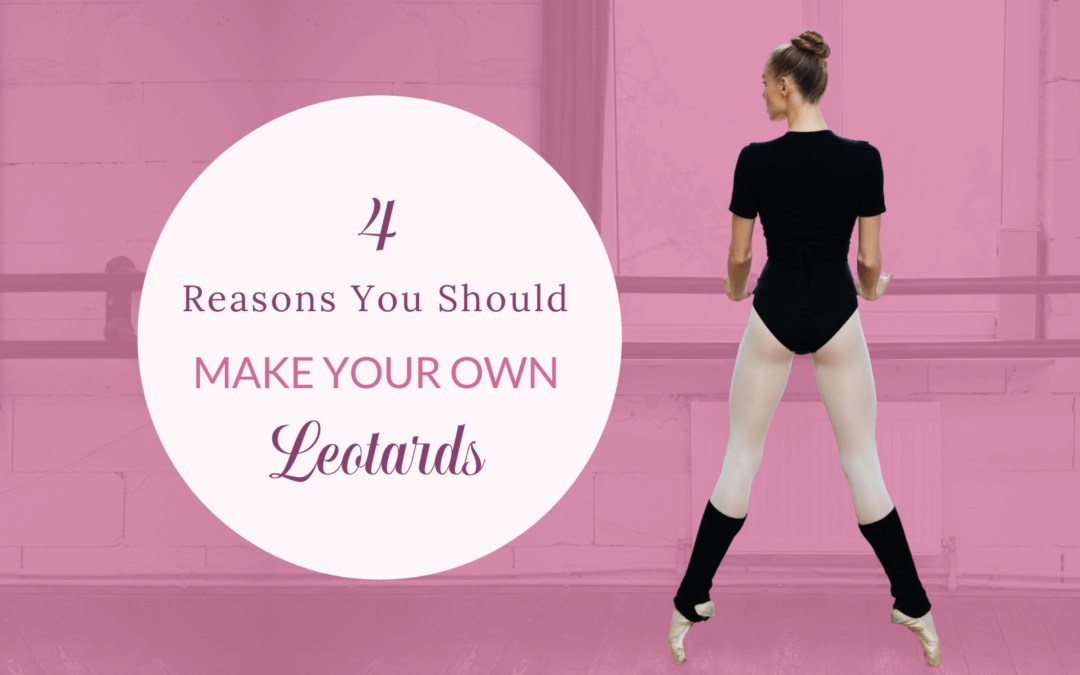
4 Reasons You Should Make Your Own Leotards
Alrighty. We’ve established that typical leotards are unsatisfactory. Now let’s talk about why leotards that YOU make can be awesome.
1. You can make comfy leotards
In my last post, I shared how typical leotards leave lovely, red, itchy indents in your skin after not much time at all. These pictures were taken about a half-hour after putting each leotard on.
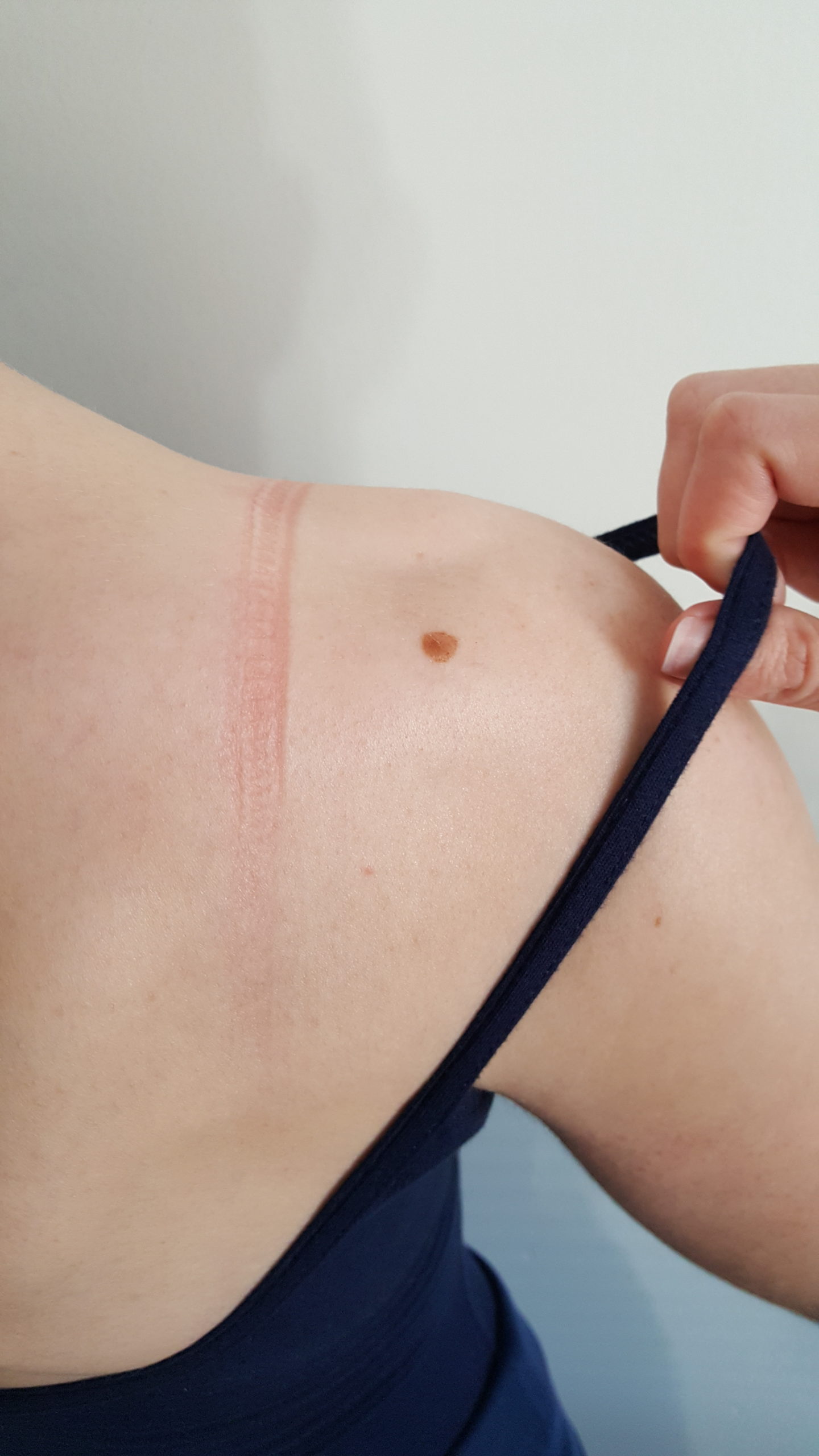
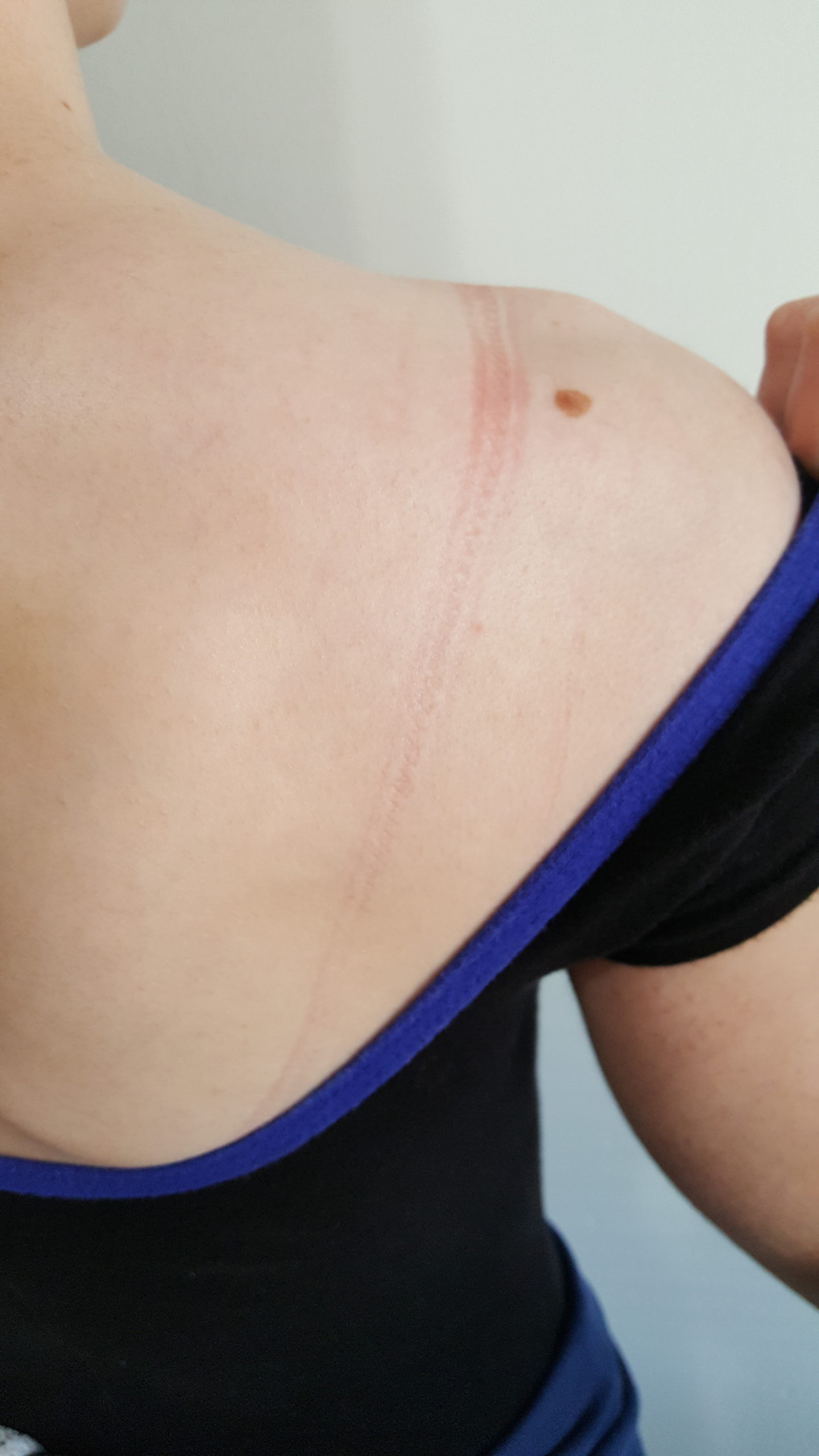
But check this out!
Here are my shoulders after wearing a Tia’s Leos leotard for about 4 hours:
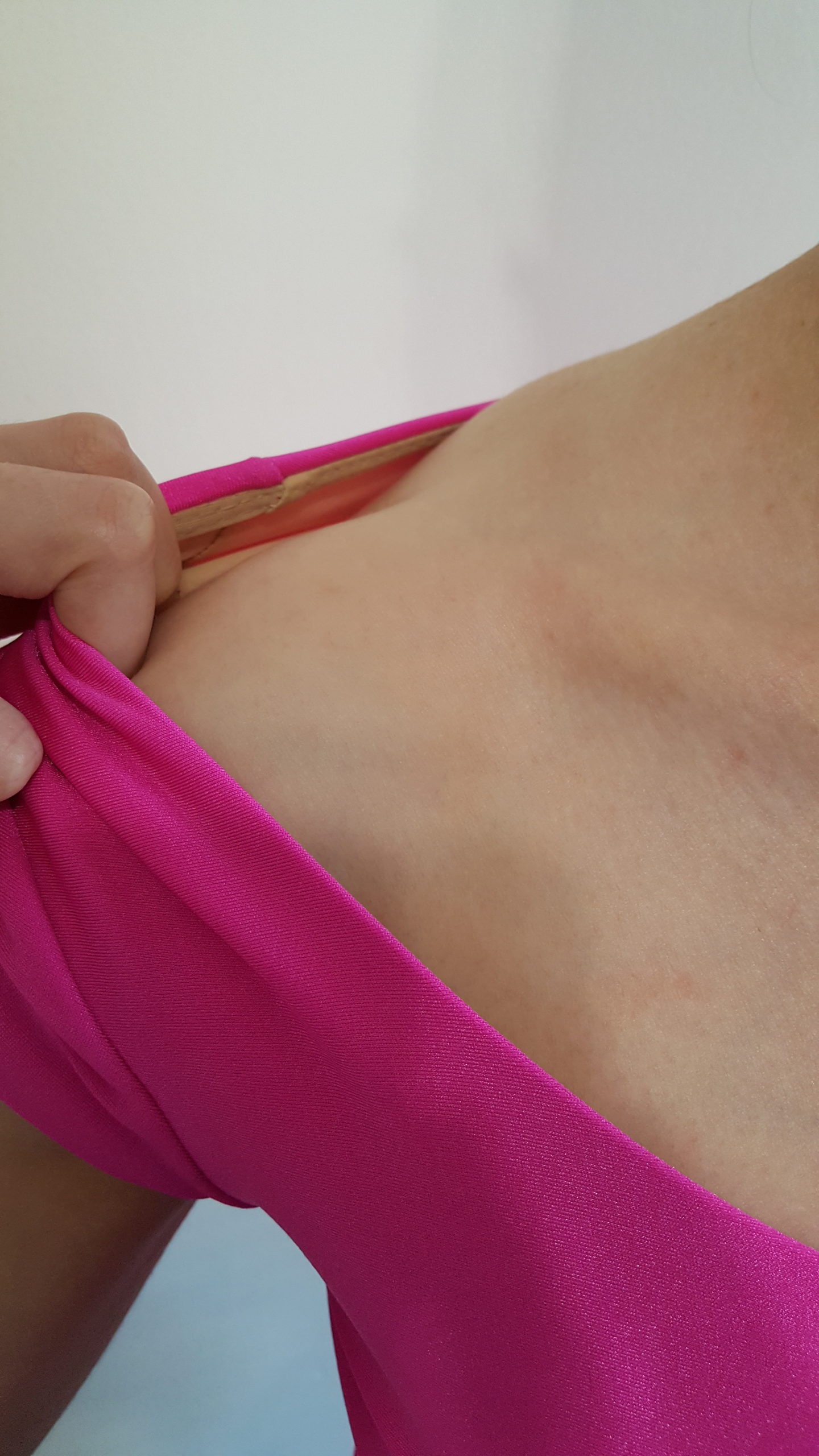
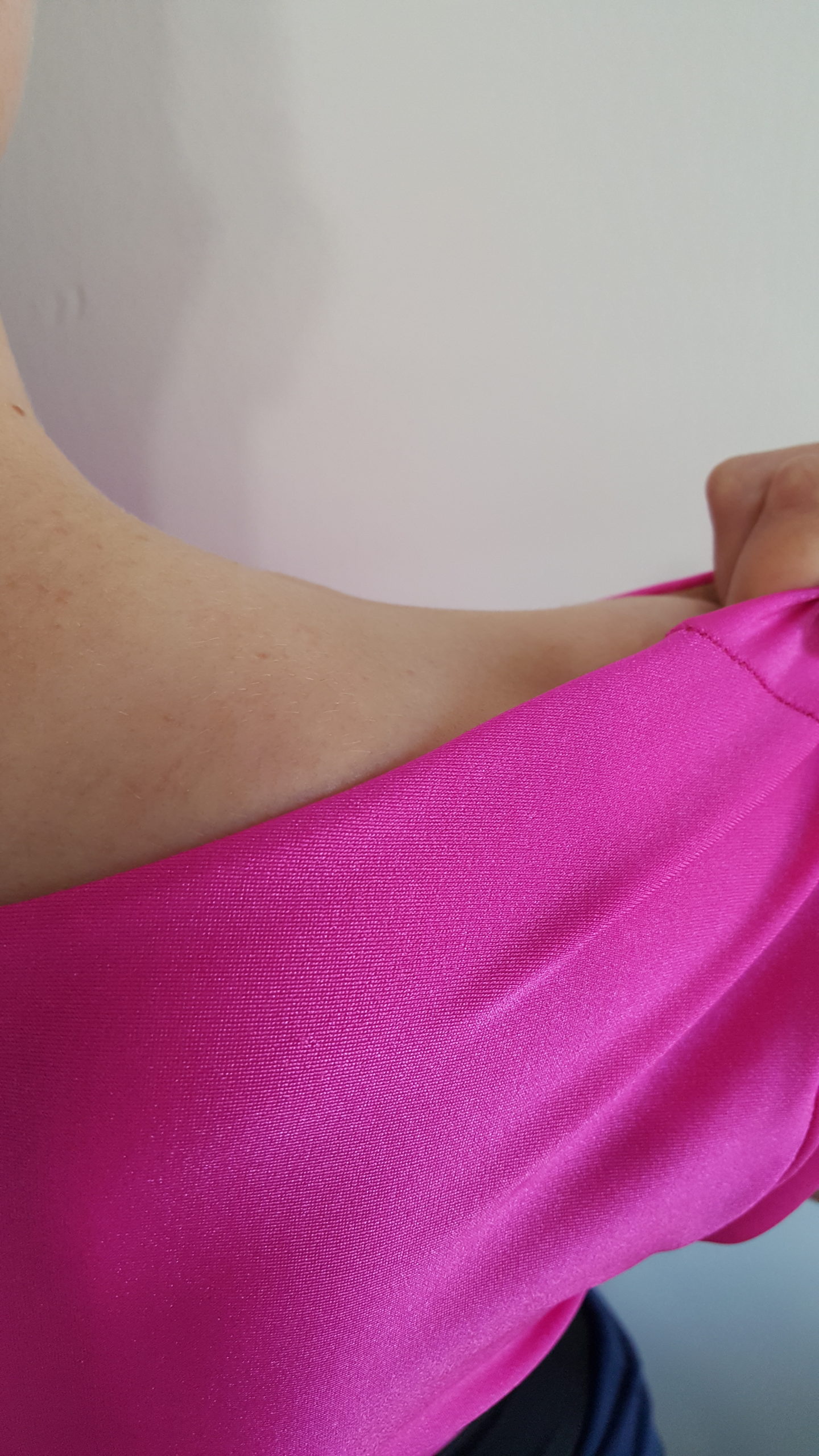
Eh??
Instead of weird bits of fabric and scratchy stitching on the inside of your leotard, you can make leotards completely lined with silky stretchy fabric and smooth, straight stitching.
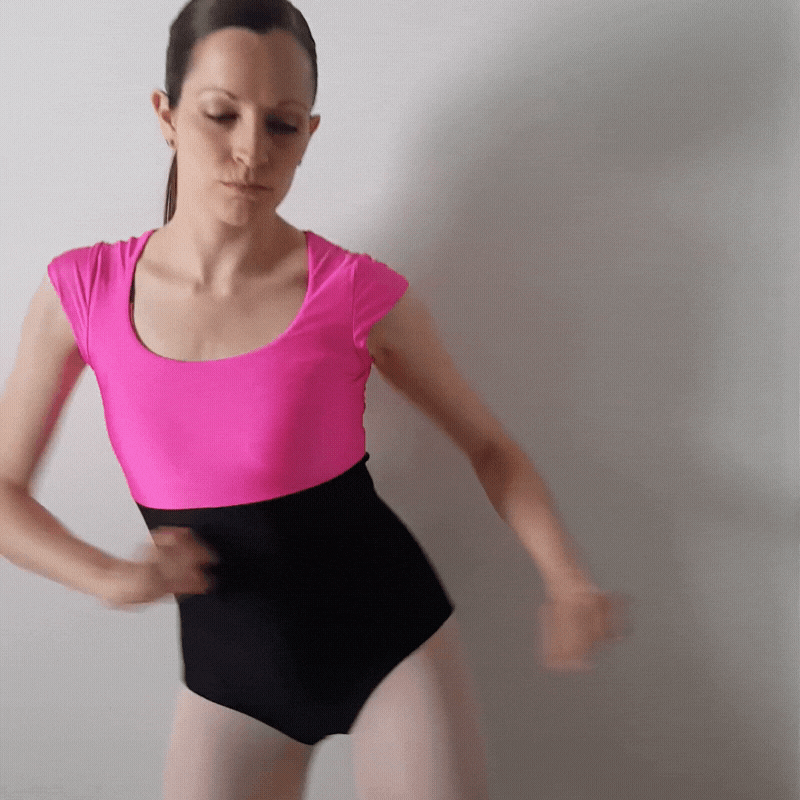
2. You can design leotards with the support and coverage YOU need
Everyone probably has different amounts of coverage they want/need in a leotard. Maybe you’re bigger chested and need more support. Maybe you want a leotard that can cover a sports bra. Maybe you’re a cold person so you like longer sleeves, or a warm person so you prefer no sleeves. Maybe you have religious beliefs that lead you to want to cover more of your body. Whatever your situation, if you make your own leotards, YOU decide how much coverage and support they provide.


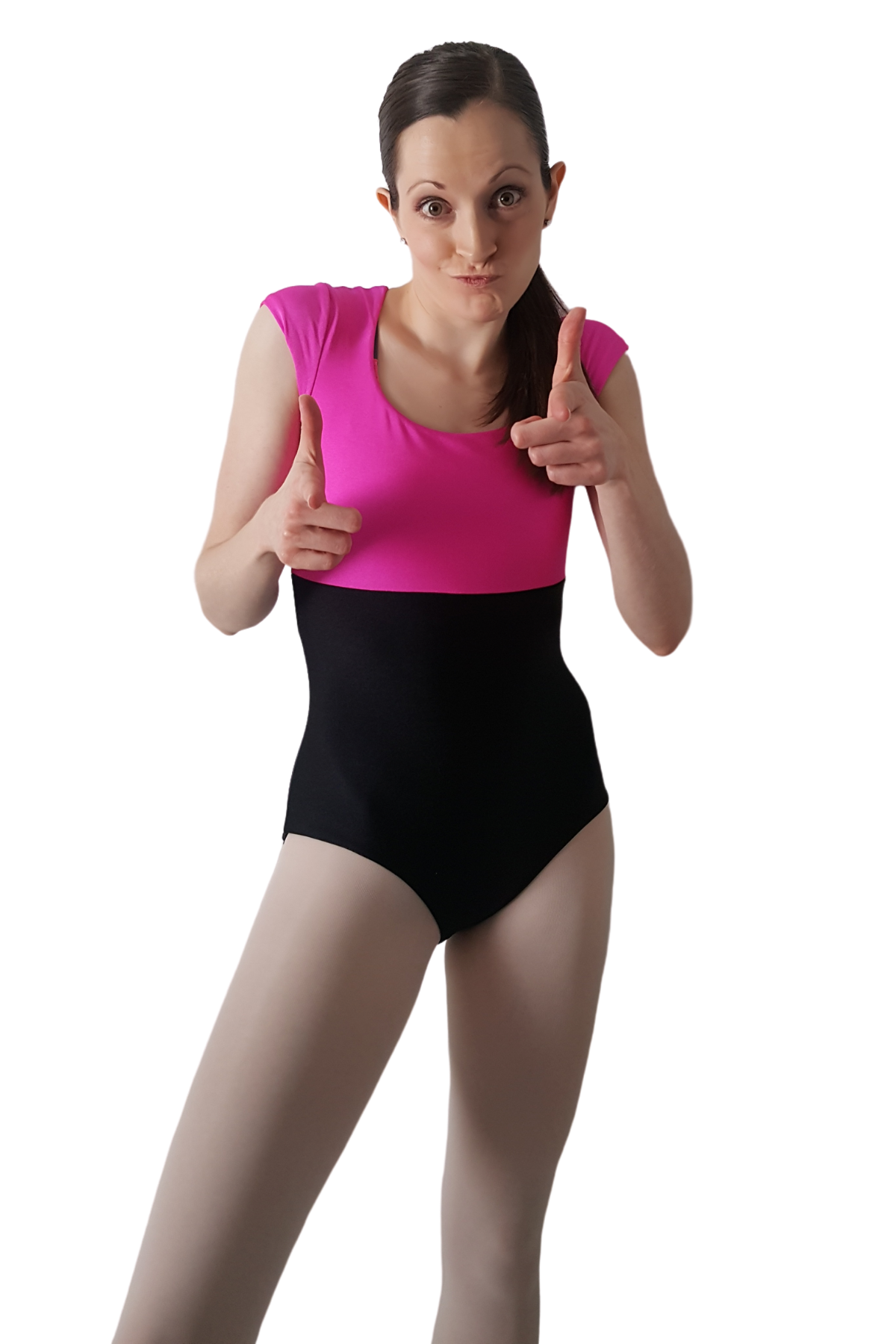
3. You can decide what your leotards will look like
K this part is really fun!! Do you have ideas about what you’d like your leotards to look like? Do you have a certain color you need for a class, or a favorite color you’ve never gotten to wear for dance? Have you seen a leotard style you liked, but you hated the color, or vice versa? This is where you get to pick and choose some elements you like and find yet another way to channel your inner creativity and artistry.
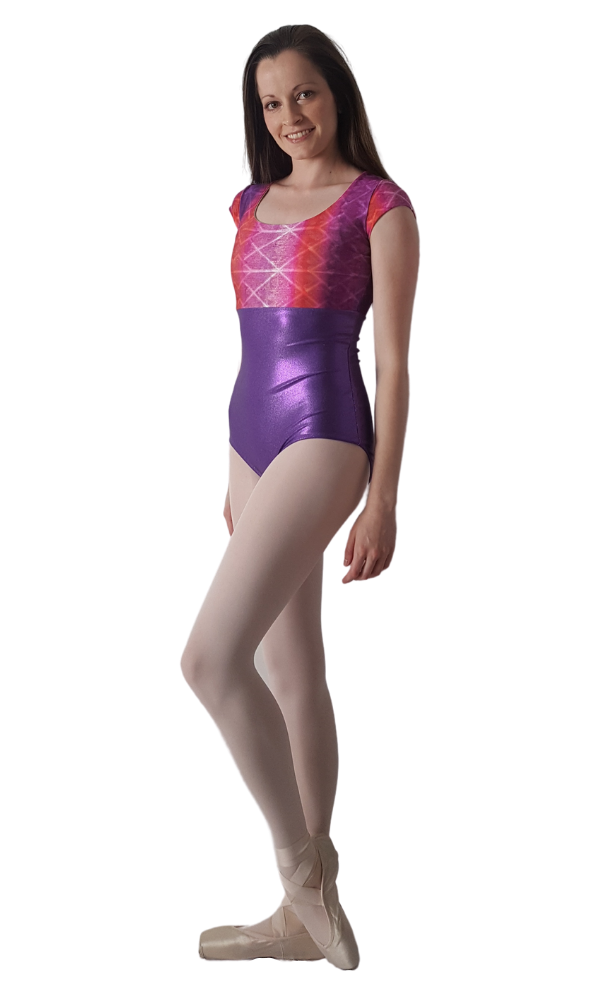

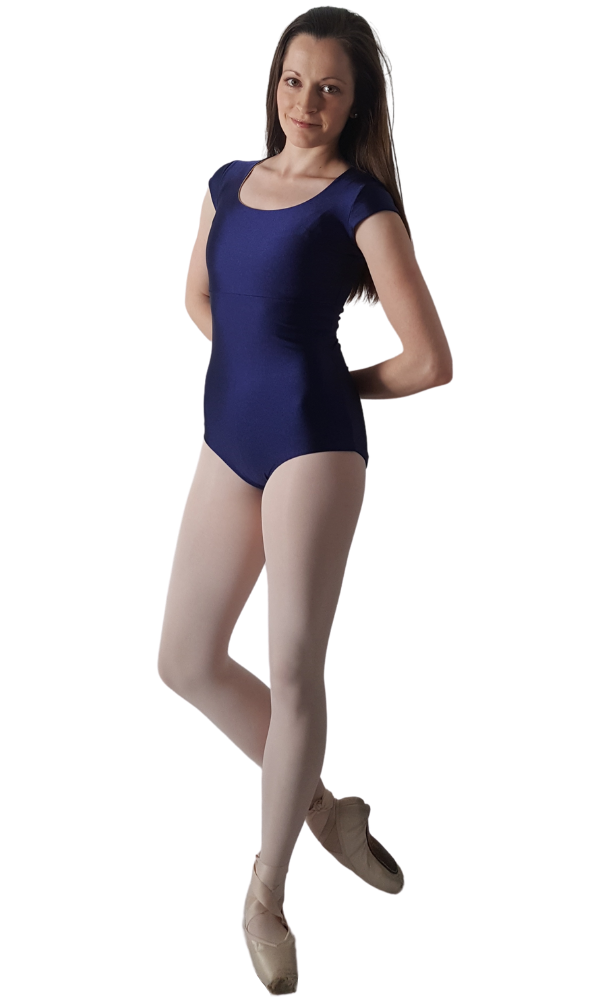

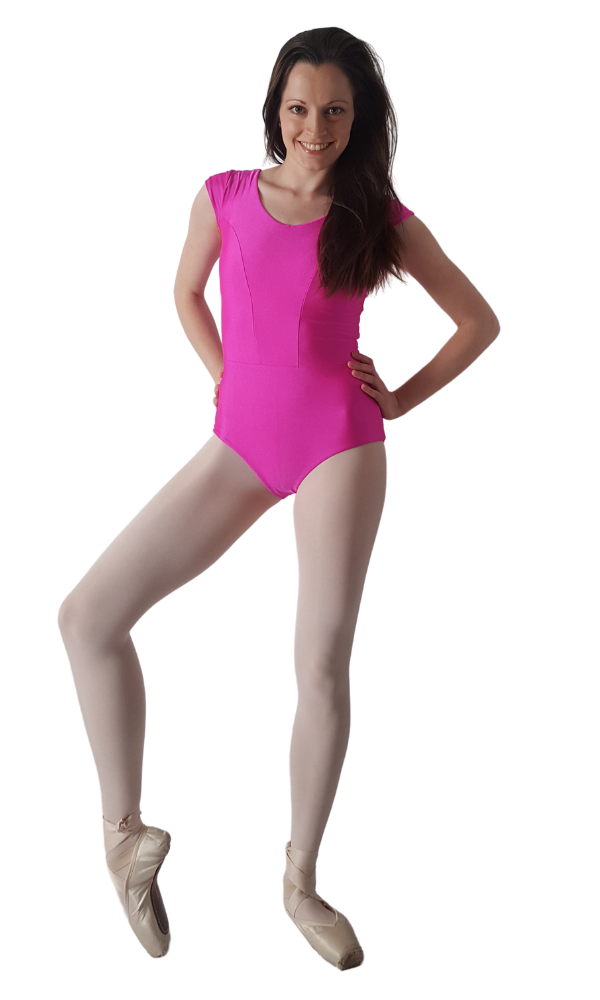
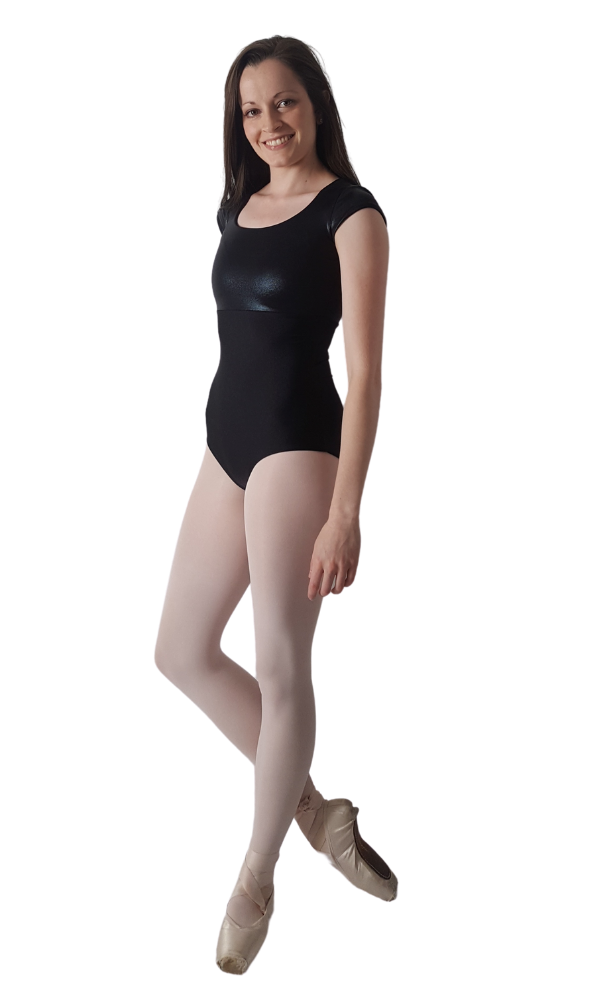
4. You have me to teach you how to make your leotards 😄
You might read this and think, “Well that sounds great, Tia, but I don’t know the first thing about sewing, let alone designing a leotard.”
This is the part where I try to decide whether I need a big sign, or a sticker on my forehead, or . . . 🤔

K, now that I’ve reintroduced myself 😉, my final reason for you to start making your own leotards is that you don’t have to do it by yourself or start from scratch. You’ve got me!! I’ll hold your hand through it! And, you can get started and make your first leotard with me for free!!!
If you haven’t signed up yet, don’t wait any longer! I’ve made it as easy for you as I can in this course, and I can’t wait for you to see how satisfying it is to make a leotard for yourself that fits YOUR body just right, that is silky smooth and comfy inside and outside, is colors you chose . . . and that you can’t wait to wear next time you dance. 😊
